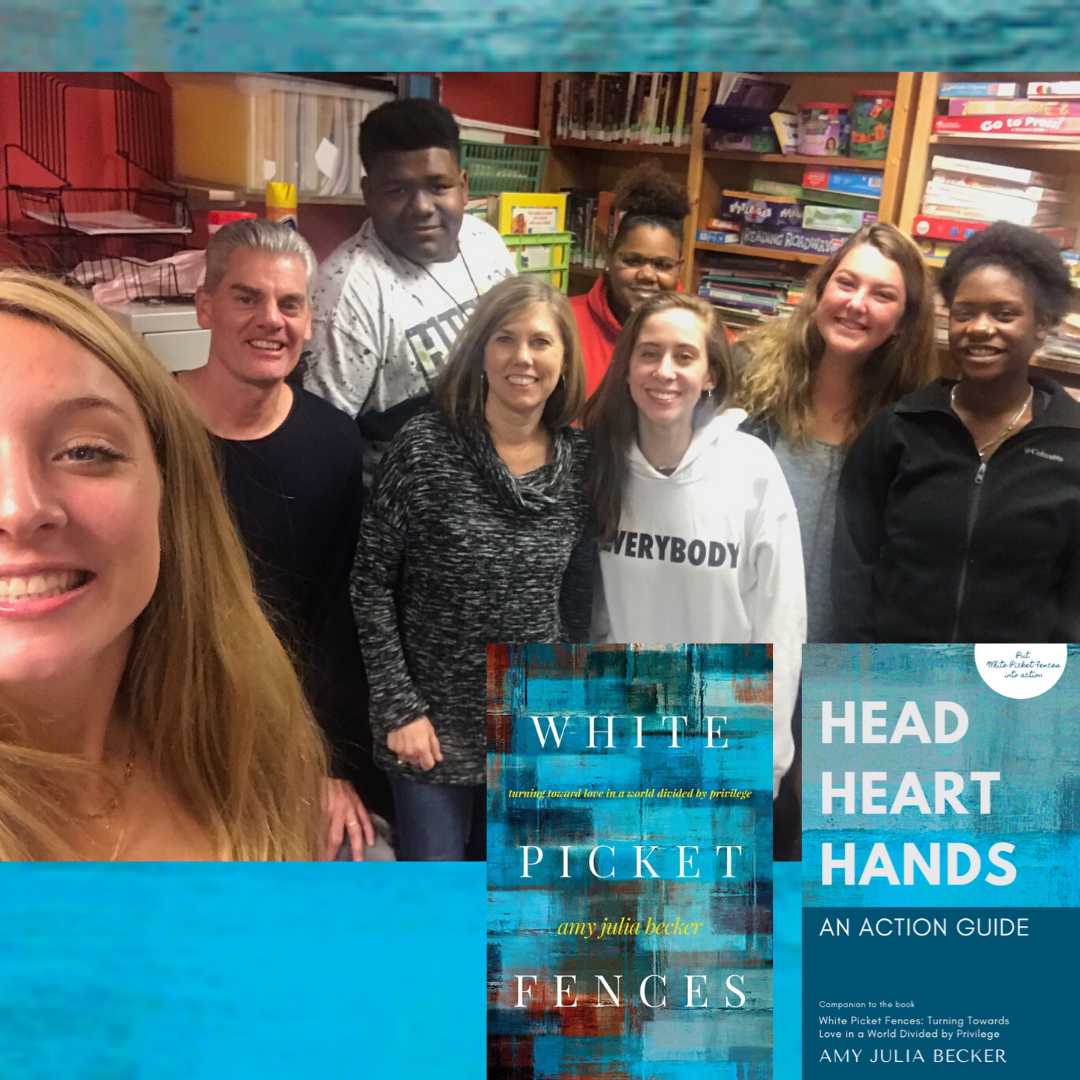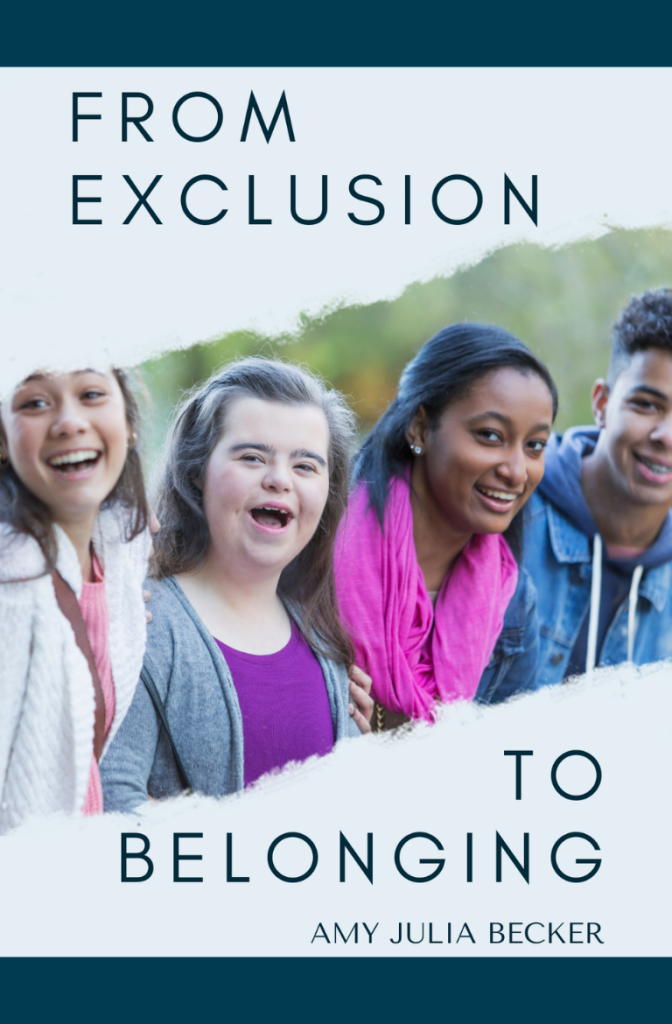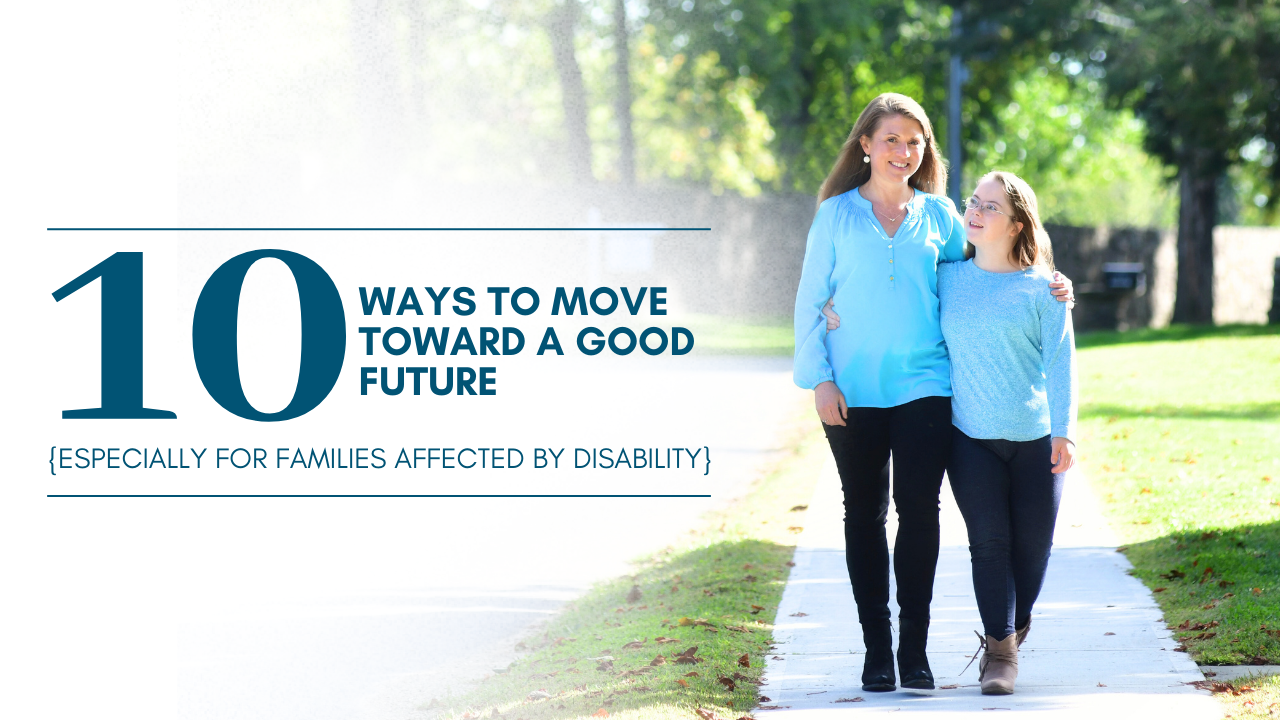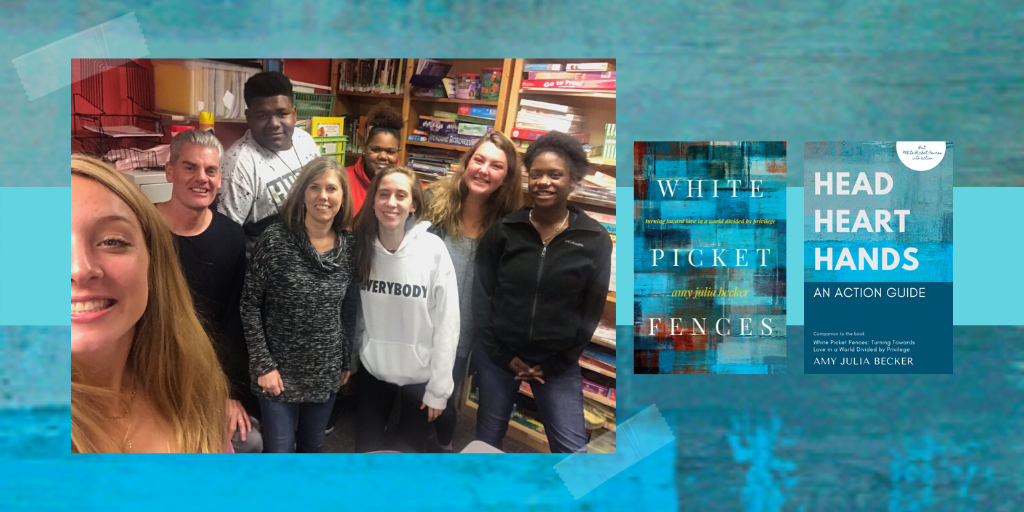
The Long, Slow Work of Healing is part of a series of posts I’m sharing, written by people who read White Picket Fences and responded to the themes of the book in their local community. I’ve recently published an Action Guide to accompany WPF (you can download it for free here), and these posts will also offer real-life examples of how people are participating in the long, slow healing work to overcome the harm of social divisions. Today Amy Moreau talks about her experiences in Raleigh, NC.
Crossing Chasms
Last fall, I had just helped create a student leadership program called “Crossing Chasms” with a friend at Neighbor To Neighbor, a mentoring organization in downtown Raleigh. The idea was to invite a small group of high school students from different socioeconomic backgrounds to build relationships with each other over a semester, as they explored together the “chasms” of class, culture, and poverty that often keep them apart. Having worked with students from affluent backgrounds for the past 15 years, I was longing to create opportunities for connection between groups in our community that seldom interact, thinking both were missing out by not knowing and hearing from each other.
White Picket Fences and Healing
Around the same time, I heard about Amy Julia’s new book White Picket Fences. I really wanted her to come to Raleigh even before I read it. I had a feeling she would be able to give voice to the thoughts I often found difficult to articulate about the long, slow work of healing. So we planned a great event to introduce Amy Julia and WPF to about 60 people. We considered the event a success, but the real success came afterwards, as we invited smaller groups to read & discuss White Picket Fences together, using Amy Julia’s discussion guides.
I personally participated in three different book discussions, one group made up of parents of teenagers, one group of neighbors, and one group of younger women.
Book Group—Parents of Teenagers
The parents of teenagers all had children attending private schools. One parent reflected:
Reading this book gave us the chance to discuss a topic rarely discussed in our meeting places which are generally very white and privileged. One question we wrestled with was how to develop genuine relationships with those from different cultural, ethnic, or socio-economic backgrounds. I realize I have been much more deliberate over the past year about putting myself in situations to do that, such as joining a racial reconciliation lunch club, shopping at a different grocery store outside of my neighborhood, attending a church with a little more diversity. . . I’m praying for big changes and doing what I can on a daily basis to connect.
Book Group – Neighbors
In our group of neighbors, the book gave us a platform for deeper discussion and relationships, even though we still at times have different opinions about what “turning towards love” and the work of healing looks like in our community and world. One neighbor commented that the book:
…acted as a catalyst for a much needed conversation and allowed me to step back and reflect on my own experiences and look on them with a new perspective. I now move through life with different eyes and I believe I owe much of this to White Picket Fences and the conversations we have had since.
We still meet monthly for lunch, and we share opportunities to engage and be proactive around these issues.
Book Group – Young Women
The third group of younger married women, some with young children, was more focused on how to provide their own families with different experiences and relationships than what they had growing up. This group wrestled with questions like: “How can I make different choices going forward, not only for myself but for my family? How do the choices I make now—where I live, work, attend church, shop, send my kids to school, or participate in activities—create or cut off opportunities with others I need to know? How am I missing out on the fullness of living in community when I am isolated from large sectors within my own city?”
A Long, Slow Work
White Picket Fences left us all wrestling with a question: “Do you want to get well?” As I look around my community, I still see so much that needs to be done—battles over affordable housing and gentrification, political divisions, public schools overwhelmed and under resourced, churches still largely segregated. I also see signs of hope and healing at a pivotal time in our growing community: women showing up weekly at a homeless shelter for coffee and conversation and working to find housing for their new friends; men leading free workout groups at a residential recovery shelter and building friendships; parents helping first generation high school grads make college accessible; a high school student selling t-shirts to provide books for children with limited resources; and increased student interest in our “Crossing Chasms” student leadership project, now in its second year.
As I think back over the past year and ponder what difference White Picket Fences has made to me and my community, I am grateful all over again for a tool that has opened up so many new conversations around a difficult topic. There are threads of its impact and subtle influence everywhere.
“Do you want to get well?” As I look around my community, I am hopeful that we do.
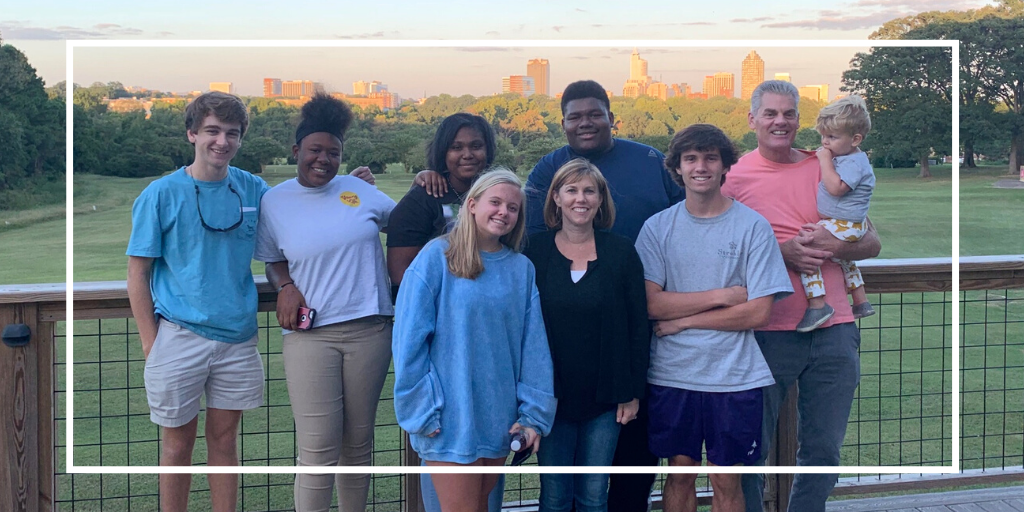
Amy Moreau has been ministering to students in her community for the past 30 years. She lives in Raleigh with her husband and two teenage children. In addition to leading “Crossing Chasms,” she is involved with several other projects tackling divisions in her community.
………………
The next guest posts will focus on healing from racism and the healing that comes through the full participation of our heads, hearts, and hands.
If you haven’t already, please subscribe to receive regular updates and news. You can also follow me on Facebook, Instagram, and Twitter.

